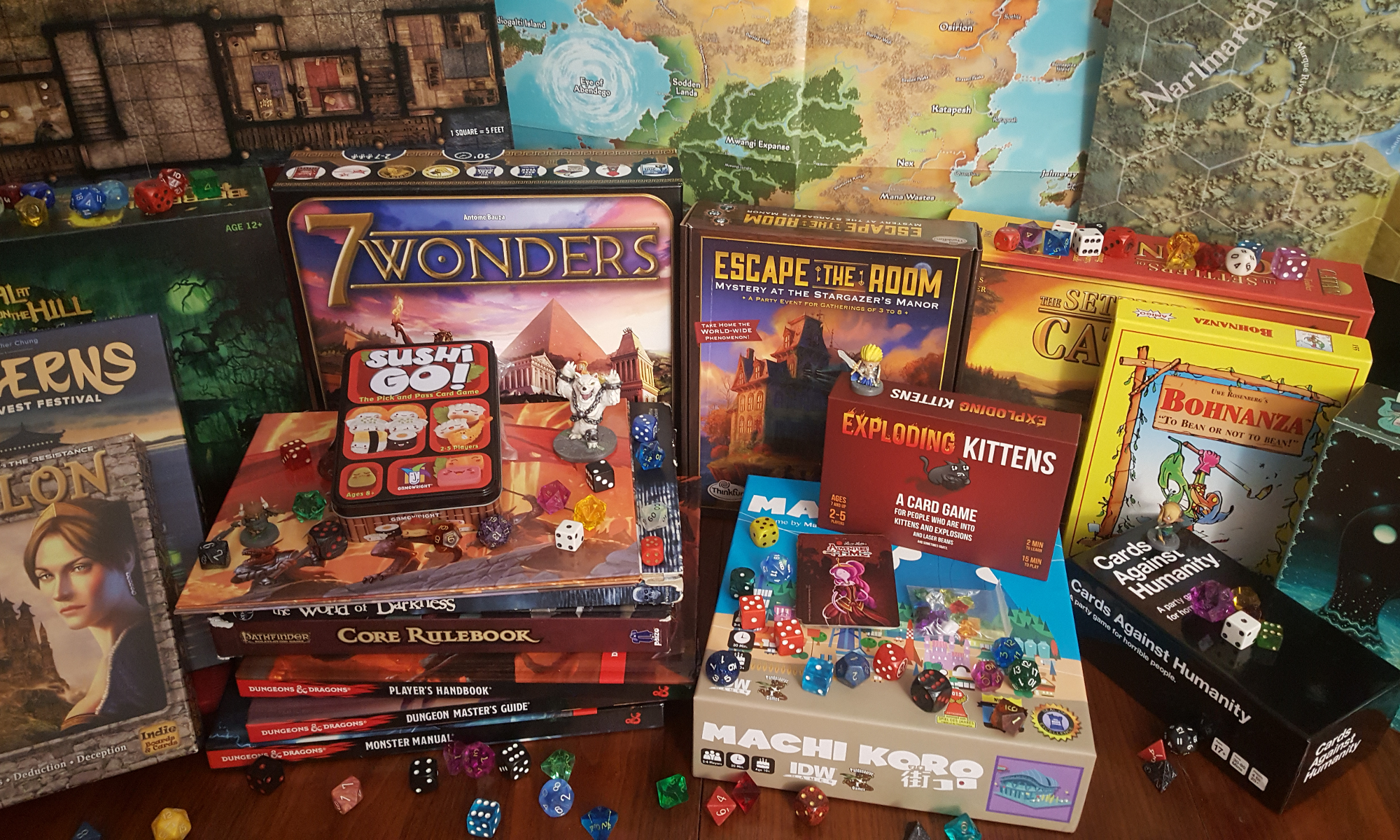Today on our season finale of Save Vs. Rant, we’ll be discussing Spires of Xin-Shalast, the final module in the Rise of the Runelords Adventure path. This marks the end of our second season and the end of our examination of Paizo’s first Adventure Path set in the Pathfinder Campaign Setting.
While we have enjoyed examining this Adventure Path not least because we genuinely enjoy Paizo’s Publishing’s exemplary material, one of the things I really wanted to emphasize about it is what works and why those things work. Even if you don’t even run Rise of the Runelords or play in a RotRL campaign, there is a lot we can take from the design of the Adventure Path.
Making the player characters feel special doesn’t mean they have to be the chosen ones. Discovering that the player characters are the legendary “chosen ones” foretold by legend is, to me, one of the worst cop outs and letdowns I can imagine. Paizo made a deliberate design decision with the Pathfinder Campaign Setting that prophecy died with the god of humanity, and the future is as yet unwritten (compounded by the fact that in ages past this was not the case). That is not to say a story wherein the player characters (or someone else) are the hero or heroes foretold in legends should never be attempted, only that we don’t need that and, in my opinion, it is such a common cliche that it should be ardently and actively avoided.
In Rise of the Runelords, the player characters aren’t heroes foretold in some ancient prophecy. Likewise, Karzoug – though a master schemer with plans 10,000 years in the making – is not the villain foretold in ancient legends, and there are no dread portents of his return. His plans are unfolding due only to the opportunities he seizes for himself, not because they are
Giving the player characters a base of operations helps the campaign feel grounded. Again, this is not to say that a wandering campaign cannot be good if the player characters are rootless wanderers, only that it is an excellent illustration of exactly why this can work so well. Player characters with a base of operations have familiar territory. They know where to get their supplies, who they can rely on for information and healing, who provides them with recreation and how they can defend this place from attacks.
From the very first module of Rise of the Runelords, the player characters have the opportunity to acquaint themselves with characters that will be important later, as well as characters to which they will grow attached, making the need to protect the town all the more pressing when it is imperiled in the 4th and 5th module of the Adventure Path. The only real criticism I have for the execution in RotRL is that it might have conceivably worked better if, when the attack on Sandpoint happens in the 4th module, the attack were a bit more aggressive, but he player characters had time to organize the defense of the town.
Having explanations for unusual things doesn’t mean they have to be obvious. My younger brothers are enthusiastic fans of the Dark Souls video game series, and one of the things the series does extremely well is having an enormous amount of lore that you can mostly ignore. I played Dark Souls briefly (well, briefly for a Dark Souls player) and upon discussing it with them found out that every random enemy – every weird seemingly out of place mini boss – had a story with items, background and an implied conclusion. Characters that appeared only once – Havel, Witch Beatrice, et al – had stories and items and equipment and hidden quest lines. Similarly, you can do a kind of iceberg storytelling with your campaigns, adding details that may never come to light but that the player characters could discover if they seek them out.
In Rise of the Runelords, examples include the origin of the Black Monk and his martial arts harpies, the CR 17 river monster that shows up in the third module and Runelord Karzoug’s humble origins. None of these require explicit explanation in the course of a game, but every element in every dungeon has a reason for being there. I’ve always admired Paizo’s Adventure Paths for their ability to adhere to this design philosophy while also ensuring a rich, diverse ecosystem within its dungeon walls.
Don’t be afraid of repetition. We’ve said it before and we’ll say it again: repeating elements are good. It’s easy, of course, to go too far with this – making an adventure into a single homogenous slog – but some repetition is necessary. If you always have unique monsters attacking the player characters, they will never have the opportunity to adapt their strategy. If you only throw new threats at them, your adventure will not develop a character and theme.
The presence of giants and haunts throughout Rise of the Runelords not only gives the players expectations regarding what the major threats throughout each portion of the adventure will be, but lets abilities and traits that care about monster types – such as arrows of slaying and the Ranger’s Favored Enemy class feature – feel important and not like arbitrary and largely irrelevant selections.
Have a plan, but don’t reveal the whole thing immediately. Only a select few of Paizo Publishing’s Adventure Paths tip their hat right away. Jade Regent, Wrath of the Righteous and Reign of Winter all explain the major plot arc of the adventures right off the bat, but each one more than makes up with it by making use of unexpected twists along the way. I’ll spare the spoilers here, but for nearly all the other Adventure Paths, the player characters start with a mystery or initial quest to solve, but progress through a series of Adventures that turns their relatively meager initial task into a truly world-shaking epic. Consider using this strategy when designing your own Adventures – start with a small adventure and make it crucial – but ultimately tangential – to a larger conspiracy. It may help to work backwards from your ending. I’ve always been fond of having my villains cast more than one net and for the player characters to be caught in just one of them, while the rest may be plans that go off without a hitch.
In Rise of the Runelords, Karzoug’s casino boat plan has already happened and gone off without a single hitch – the majority of a city’s inhabitants are marked with the Sihedron Rune that gives him the right to claim their souls upon death. His proverbial Mark of the Beast is already upon them, and there’s really nothing the player characters can – or even know to – do to help.
Concluding this series, consider also how natural the progression through the different challenges of the adventure feel and, notably, how even in the first module there are supernatural and extraordinary challenges, and even in the last module, there are mundane threats. Don’t rely on magic and the supernatural as your sole source for increasing the threat level within a campaign.
Jeremy tells me that my greatest act of hubris in this podcast and its accompanying blog was the decision to preface the season number with a 0, but it remains my sincere hope that you’ll all join us for out next season! Until then!

